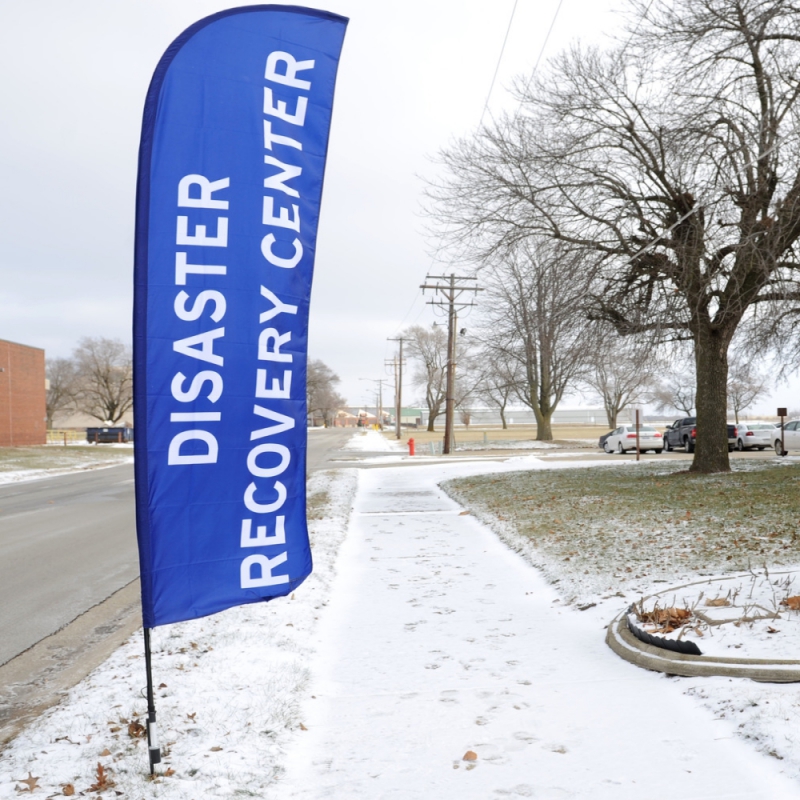tl;dr
- Managing disaster recovery is tough, but especially for a growing business, because of DR tech lag.
- Using Azure Site Recovery helps you avoid DR tech lag, not to mention reduce on-prem data center costs and hardware costs.
- It’s also an easy, gentle way to get used to Azure and extend existing data centers and infrastructure to the cloud, thus starting your organization’s cloud journey.
Disaster Recover “Tech Lag”
A common problem I’ve personally encountered in my days of data center management in a growing business was always disaster recovery (DR) planning. Disaster recovery is difficult for many reasons, including the time it takes to form a plan, the testing that needs to be done, and the effort to keep up with the relevant technology. But rapidly growing businesses have a very specific problem, which I’ll call DR tech lag.
You see, a common practice for IT disaster recovery is to lifecycle some current data center gear to DR. That works if things stay the same (and stable) for a long stretch of time. But, in a rapidly growing business, you are probably spinning up services all the time. The capacity of your current generation of infrastructure probably far outstrips your last purchase, both in performance and in capacity. There is a lag in the tech. Which means that your most recent generation won’t be able to handle what you are doing now.
It’s a little like having a car because you need to drive to work, which is hours away…but then swearing that, if your car breaks down and you need a ride, you can just use the bicycle that your rode when you were 10. Not going to cut it.
So if you are a rapidly growing business, what can you do to solve the issue of DR tech lag?
The Benefits of Azure Site Recovery for DR and Cloud Migration
One great way to fight DR tech lag is to take advantage of Microsoft’s Azure Site Recovery (ASR). Not only will this help you solve the issue, but it’s a good way to begin your journey to cloud infrastructure (if you’re not there already).
ASR allows an organization to use a phased approach for moving and testing workloads in Microsoft data centers. It’s possible to do a traditional “lift and shift” of workloads or to use a combination of approaches to extend the fabric of a data center to the cloud. This will reduce on-prem hardware costs (and other issues).
From an extension of the current data center, you can run reporting nodes for SQL on all flash drives with upward of 2 TB of RAM for quicker reporting and metrics.
From a DR perspective, using ASR enables you to fully test applications and DR runbooks during live workloads with zero downtime. Added bonus, you can fully vet your approach to cloud migration at the same time.
Furthermore, DR is typically a completely separate Data Center, with all the functional components of your production DC. That being the case, you would need to manage all of those additional instances. And let’s face it, no one ever doubles their current staff to do that… at least not that I have ever seen. Using Azure gives you all that additional host fabric maintenance time back.
Finally, one of the best things that comes from this approach is peace of mind. Even if you are at the start of your organization’s cloud journey, you can rest knowing that you have a fully functional and scalable DR solution in place. You’ll only have to deploy it once, rather than constantly playing catch-up with each generation of hardware refresh.
Getting Started with Azure
For some folks, this just pushed the problem back, if you’re not using Azure already. There are many things Azure can do, and it might not be obvious how to get started with Azure and take advantage of all that functionality, let alone begin true disaster recovery planning and setup.
That’s where we typically come in. Here at Model, we specifically dedicate resources to services that make the process of DR with Azure easier. We take on all the planning, the needed expertise on the Azure pieces, the testing, and all of the other work that needs to go into the migration. That leaves our clients having to worry only about having their service up and running in Azure.
Of course, you wouldn’t need to stop with Azure once this is all done. You can, of course. But this can also be a firm stepping stone toward migrating other services to the Azure cloud. This could mean, for example, migrating traditional SQL to Azure SQL or to Azure Managed SQL, or migrating IIS websites to App Services, or taking advantage of more PaaS services. The benefits of doing so include scalability, dependability, and cost control—well-known benefits of moving to the cloud.
So, if getting started with Azure sounds like something you’d like to try, why not try it risk-free with something you need to do anyway, namely, disaster recovery? Get in touch with us and we’ll scope out a project for you.

